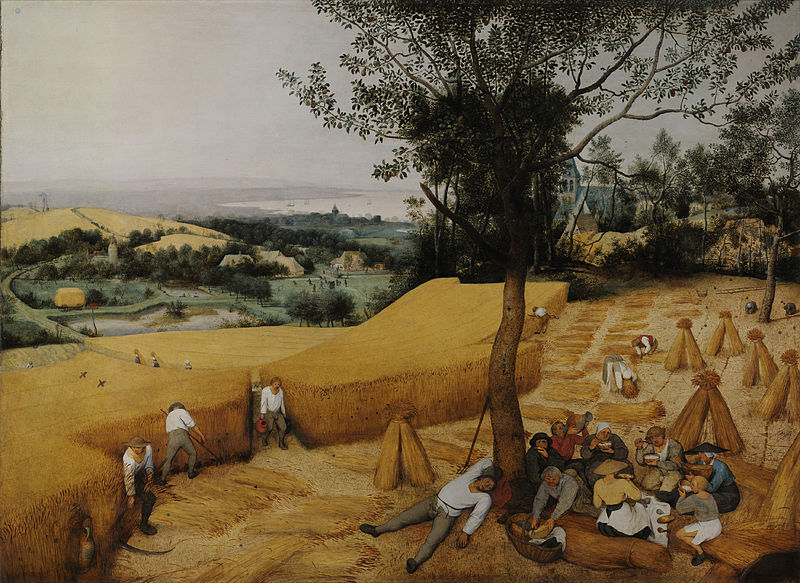Key Takeaways
- Mechanic solidarity is visible in pre-industrial societies, while organic solidarity is visible in industrial societies.
- Mechanic solidarity refers to societies governed by similarities, whereas organic solidarity refers to societies with high specialization and interdependence among individuals and organizations.
- Key characteristics of mechanic solidarity include shared belief systems, communal activities, and homogeneity, while organic solidarity is characterized by high individuality, constitutional and organizational laws, secularization, and high population density.
Key Difference – Mechanic vs Organic Solidarity
Emilie Durkheim, a prominent figure in sociology, introduced the concepts of mechanic solidarity and organic solidarity. These ideas are presented in his book “The Division of Labor in Society,” first published in 1893. The main difference between these two forms of solidarity is that mechanic solidarity is found in pre-industrial societies, while organic solidarity is evident in industrial societies.
What is Mechanic Solidarity?
Solidarity is a sociological term used to describe the agreement and support that exists in a society where individuals share their belief systems and work together. Mechanic solidarity refers to societies governed by similarities, such as pre-industrial hunting and gathering societies and agricultural societies. These societies are characterized by communal activities, shared belief systems, cooperation, and a high degree of homogeneity among individuals in terms of their thoughts, actions, education, and work. In mechanic solidarity, there is limited room for individuality, and repressive laws are present. There is also little interdependence among people, as all are involved in similar types of work.
What is Organic Solidarity?
Organic solidarity can be observed in societies where there is a high degree of specialization, leading to significant interdependence among individuals and organizations. This is in contrast to the homogeneity found in mechanic solidarity. Organic solidarity is present in industrialized societies, where individuals have specific roles and specialized work. Due to the specialized roles, there is a high level of interdependence, as a single individual cannot perform all tasks.
Organic solidarity is characterized by high individuality, constitutional and organizational laws, secularization, high population, and density. Durkheim argues that although there is a high division of labor in organic solidarity, it is necessary for the proper functioning of society. The individual contributions to society enable it to function as a cohesive social unit.
What is the difference between Mechanic and Organic Solidarity?
- Mechanic Solidarity: Focuses on similarities among individuals and societies.
- Organic Solidarity: Focuses on differences and specialization in roles and work within societies.
- Individuality: Mechanic solidarity has little room for individuality, while organic solidarity promotes individuality.
- Laws: Mechanic solidarity has repressive laws, while organic solidarity features constitutional and organizational laws.
- Division of Labor: Mechanic solidarity has a low division of labor, while organic solidarity has a high division of labor due to specialization.
- Beliefs and Values: Mechanic solidarity has similar beliefs and values, while organic solidarity has a greater variety of beliefs and values.
